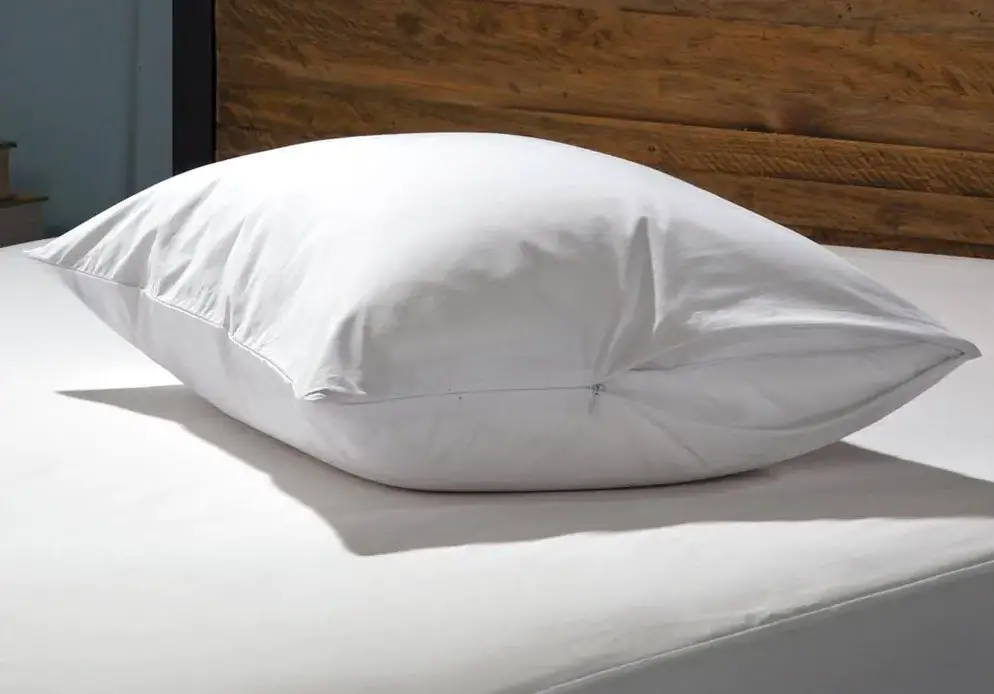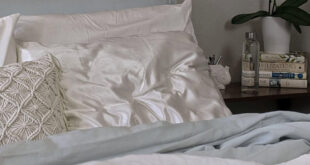
There’s no better feeling at night than laying your head on the soft, fluffy, and comfy pillow. And for better and long-lasting comfort, you’ll need some Pillow Protectors to keep your pillows safe from spills and stains. Luckily for you, pillow protectors are very popular and easy to get. You can choose to buy now. But have you ever wondered how these pillow protectors are made? Read on as we dive deep into the making of pillow protectors, including zippered and slip-stitched.
Steps For Making Zippered Pillow Protectors
Zippered pillow protectors are great for adding that bit of versatility to your pillows as you can remove easily, wash, and replace the cover. This makes it easier to own pillow protectors.
Materials:
- Pillow inserts
- Fabric
- Zipper and zipper foot
Steps:
- For the seam allowance, an inch is added to the length and height of the pillow insert.
- Then they proceed to draw two fabric squares with the dimension and cut them out into squares.
- All of the squares are pinned together with the right margins facing.
- Then, marks are added 3” in from the left and right sides.
- Starting from one edge, the fabric is sewn to the mark made with half an inch of allowance.
- To secure the stitch, it is backstitched, and the process is repeated on the opposite edge.
- Using a basting stitch, it is sewn between both marks.
- The seam is pressed open, and the allowance of the seam is marked 3” from each of the edges.
For the zipper;
- The zipper is marked exactly the same length as they have with the opening if the zipper is longer.
- It is then sewn five to ten times around the coils using a needle and thread.
For Making Slip-stitched
If you don’t plan to wash your pillow protectors any time soon, then this type is for you.
Materials:
- Basic sewing materials
- Pillow inserts
- Fabric
Steps:
- For the seam allowance, an inch is added to the length and height of the pillow insert.
- Using a ruler and disappearing ink-fabric pen, two squares are drawn and cut out
- With the right sides facing, the squares are pinned together
- On the bottom edge, marks 3 inches from the right and left sides are made
- From one mark, it is sewn along the edges of the pillow with a seam allowance of half an inch.
- The spaces between the marks are left open
- Next, the corners are clipped together, and the pillow is turned right-side out
- The corners are pushed out using a pair of scissors
- After pressing the edges of the pillow, the unfinished edges of the opening are turned
- The pillow is inserted, and the opening is slip-stitched
Conclusion: What Are The Benefits Of Pillow Protectors?
Owning your pillow protectors comes with great benefits. Pillow protectors are cheaper to own. They make for great interior design additions. You feel better knowing that you got the pillow protectors you wanted, and sleeping using pillow protectors can boost your mood. To hop on the Pillow Protector bandwagon, simply head over to the online store to buy now.
 A Very Cozy Home Home Decor Tips and Ideas
A Very Cozy Home Home Decor Tips and Ideas 